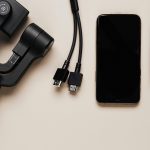After countless hours on film sets, and working behind cameras and displays, I’ve learned what separates a good monitor from a great one. When it comes to external monitors for filmmakers, the right choice can dramatically improve your workflow, accuracy, and creative vision.
I’ve learned that a reliable external monitor is essential for your production. Annoyingly, I once shot an entire wedding ceremony thinking my focus was sharp, only to discover later that the camera’s tiny screen had betrayed me.
Let me share my comprehensive breakdown of the best options available, based on real-world experience.
Understanding External Monitors
Before diving into specific models, let’s understand what makes a great external monitor:
- High brightness (at least 1000 nits for outdoor use)
- Accurate color reproduction
- Reliable build quality
- Useful monitoring tools
- Power efficiency
- Signal reliability
The best external monitors for filmmakers reflects on the above features. Now, lets explore our top 10 picks for 2025.
Top External Monitors Analyzed
1. Atomos Ninja V
It is the gold standard for most filmmakers, and for good reason. Its ability to record ProRes RAW from compatible cameras sets this apart. The HDR screen is mind-blowing compared to others on this list, and the touch interface is intuitive (looking at you, SmallHD).

Pro tip: Enable the “Director’s Mode” to activate 3D LUTs without recording them – perfect for giving clients a preview of the final look while keeping your footage clean.
My Experience: After using this monitor for over 200 shooting days, I can confidently say it’s nearly perfect for most filmmakers. The ability to record ProRes internally while monitoring HDR is game-changing. However, the fan noise can be noticeable in quiet environments.
Best Use Cases
- Professional filmmaking
- Commercial production
- Documentary work
- Wedding Videography
2. SmallHD FOCUS 7
The build quality on this thing is incredible – I’ve had it survive a fall onto concrete. Compared to the Ninja V, the screen is larger but doesn’t offer recording capabilities.
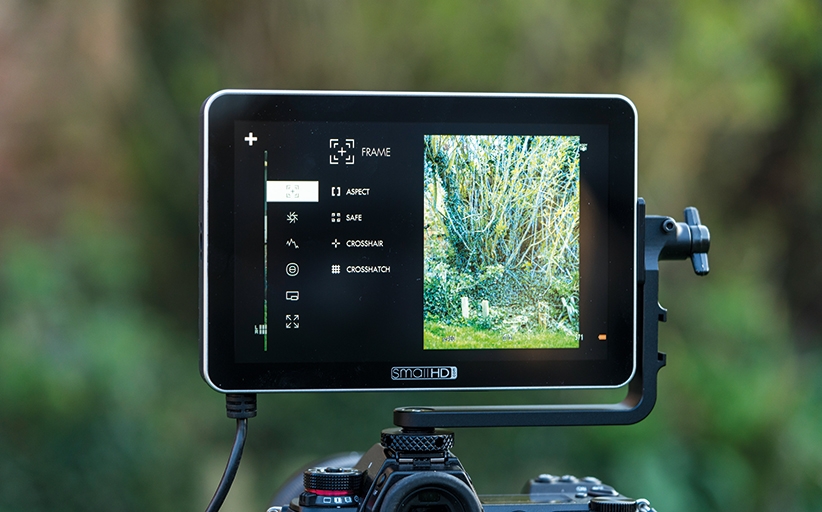
The page-based interface takes some getting used to but becomes second nature for quick adjustments.
Standout Features
- Military-grade durability
- PageOS software
- Custom overlay tools
- Excellent viewing angles
Real-World Performance: This monitor has survived everything from rain to drops of concrete. The interface takes about a week to master but becomes second nature. The screen’s color accuracy is remarkable, though not quite as punchy as the Ninja V.
Best For
- Run-and-gun shooting
- Documentary filmmaking
- Educational content
- Corporate videos
Tips for Optimal Use
- Create custom pages for different shooting scenarios
- Use the joystick for quick menu navigation
- Enable power-saving mode for longer battery life
3. PortKeys BM5 IV
Here’s an underdog that deserves more attention for being among the best external monitors for filmmakers. What makes this special is its camera control capabilities – you can adjust most camera settings right from the monitor.
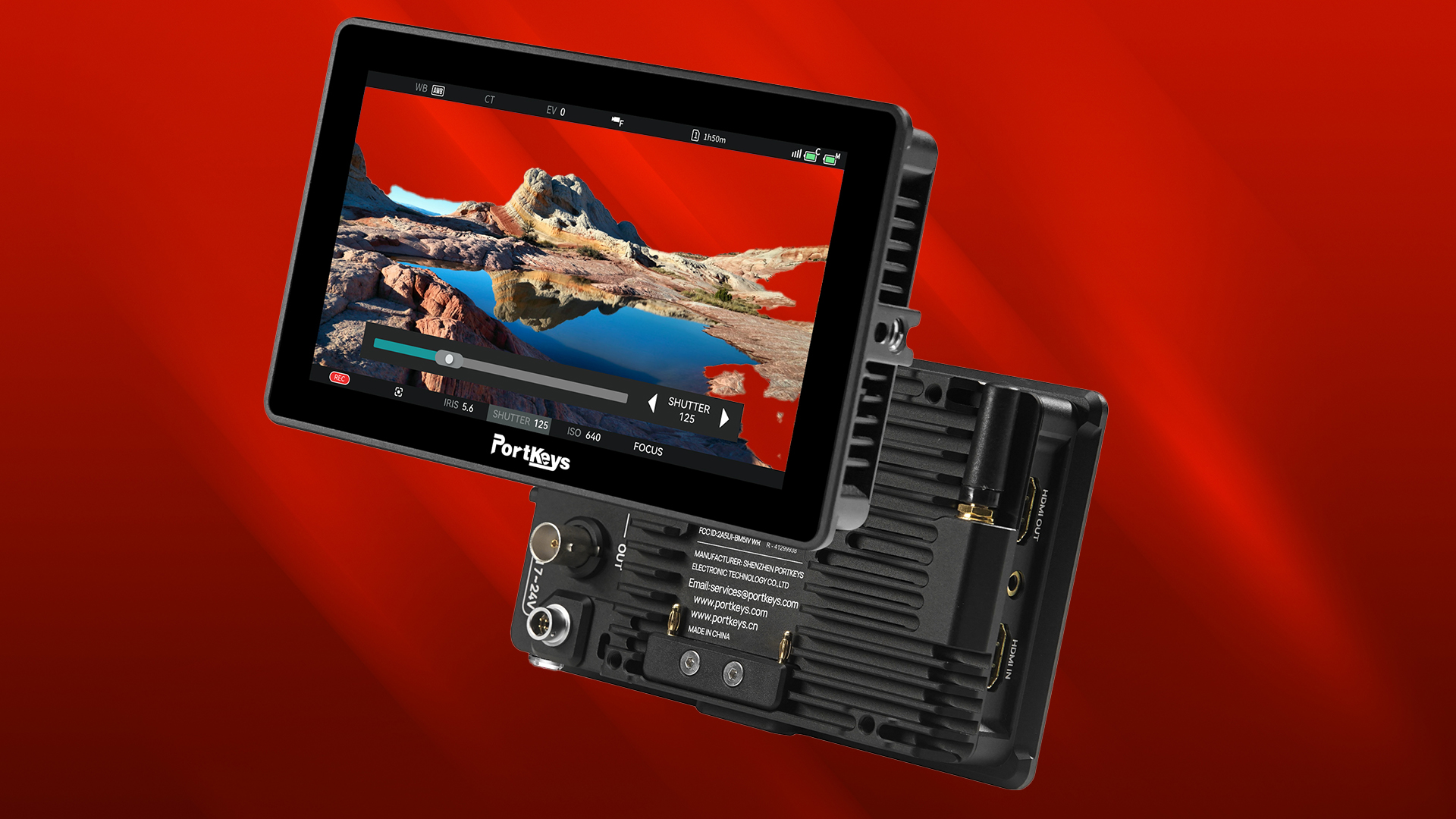
The screen brightness rivals the Atomos but with better battery life.
Key Features
- Camera control capabilities
- Bright daylight-visible screen
- Robust build quality
- Advanced scopes and tools
Field Experience: The camera control feature is a game-changer for solo operators. I’ve found it particularly useful when mounting cameras in tight spaces. The menu system is more intuitive than both the Atomos and SmallHD offerings.
Ideal Applications
- Solo shooting
- Remote camera operation
- Studio setups
- Gimbal work
Setup Recommendations
- Configure custom function buttons for quick access
- Use the included sun hood for outdoor shooting
- Keep firmware updated for best camera compatibility
Learn How to Create and Sell Stock Photos in 2025: Hobby to Profit
4. Blackmagic Video Assist 7
If you’re shooting on a Blackmagic camera, this is your best friend. The integration is seamless, and the dual SD card slots for recording are clutch.
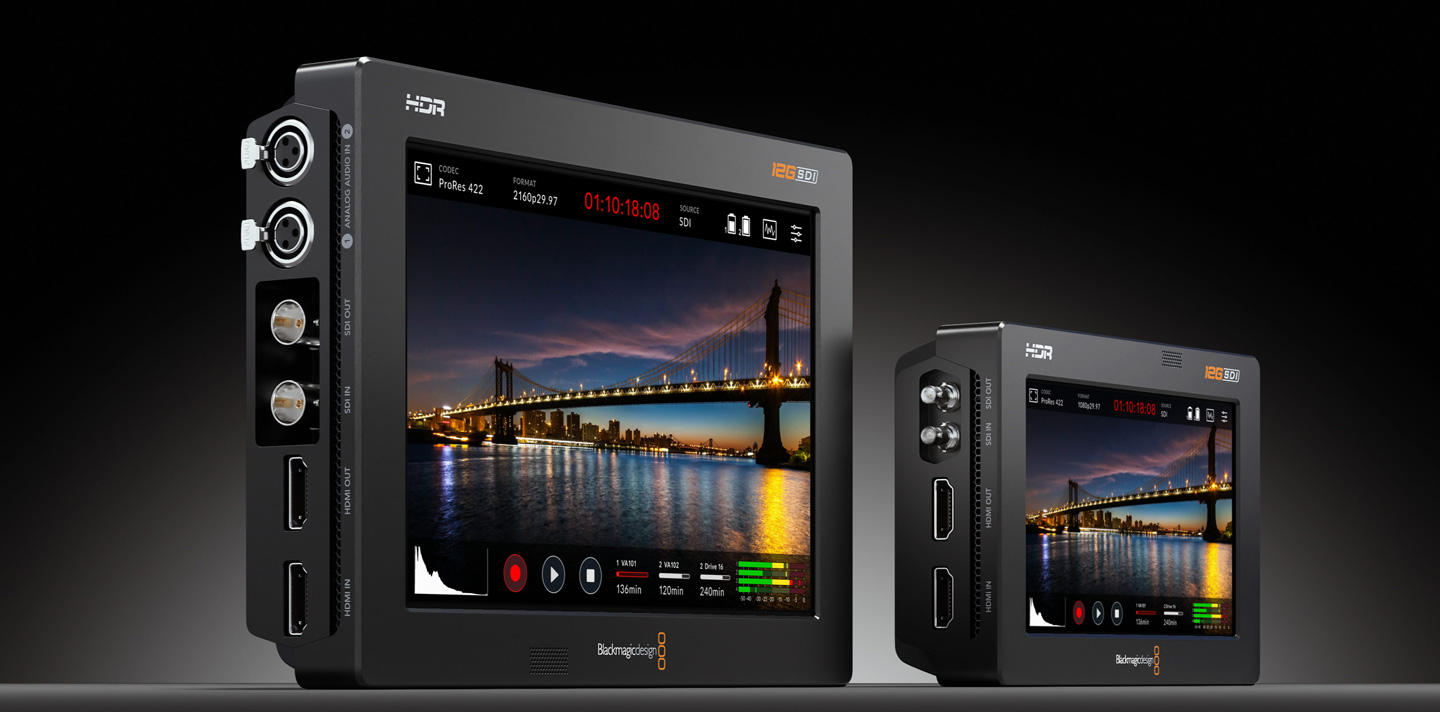
Unlike the Ninja V, it doesn’t support ProRes RAW, but the ProRes recording is still excellent.
5. Feelworld FW759

Perfect for beginners or as a secondary monitor. While it lacks the advanced features of the Atomos or SmallHD, the image quality is surprisingly good. Think of it as the gateway drug to professional monitoring.
6. TVLogic F-7H
The color accuracy on this monitor is out of this world. It’s like having a mini reference display on set.
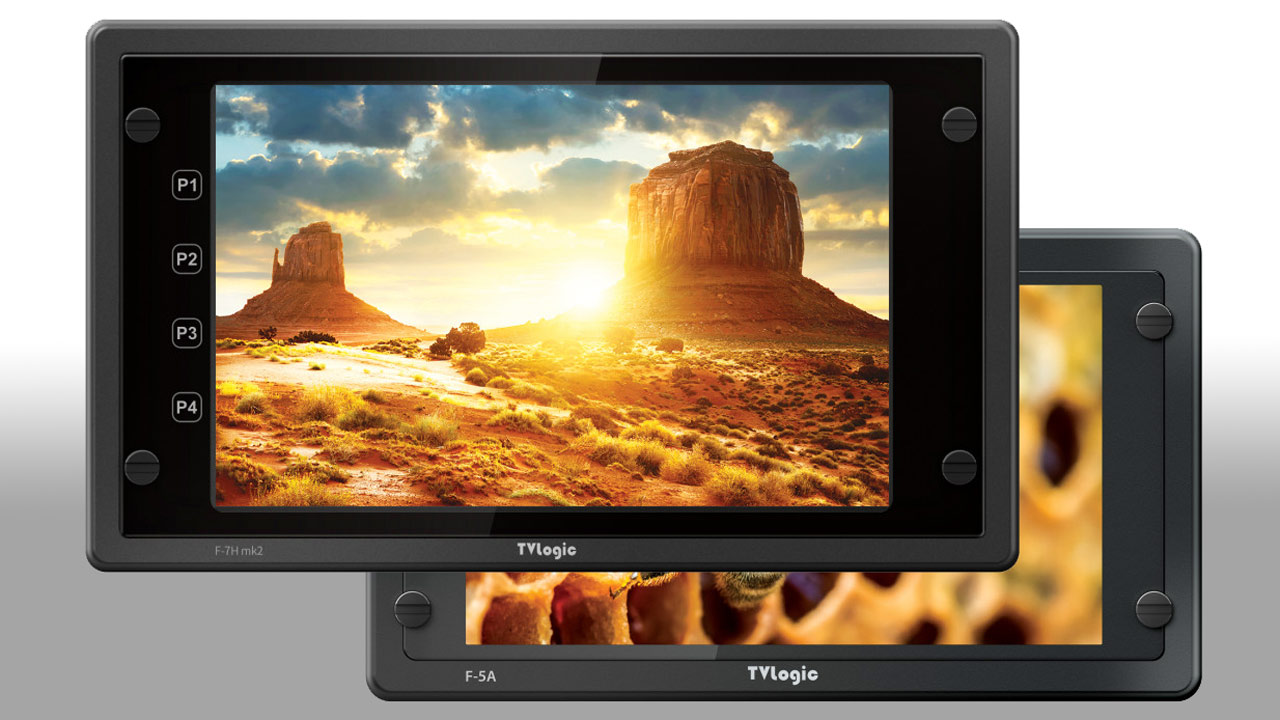
Compared to others, the menu system is more complex, but the image quality makes up for it.
7. Lilliput A7S
The most underrated monitor for gimbal work. It’s lightweight enough to not throw off your balance, unlike the chunky Atomos.
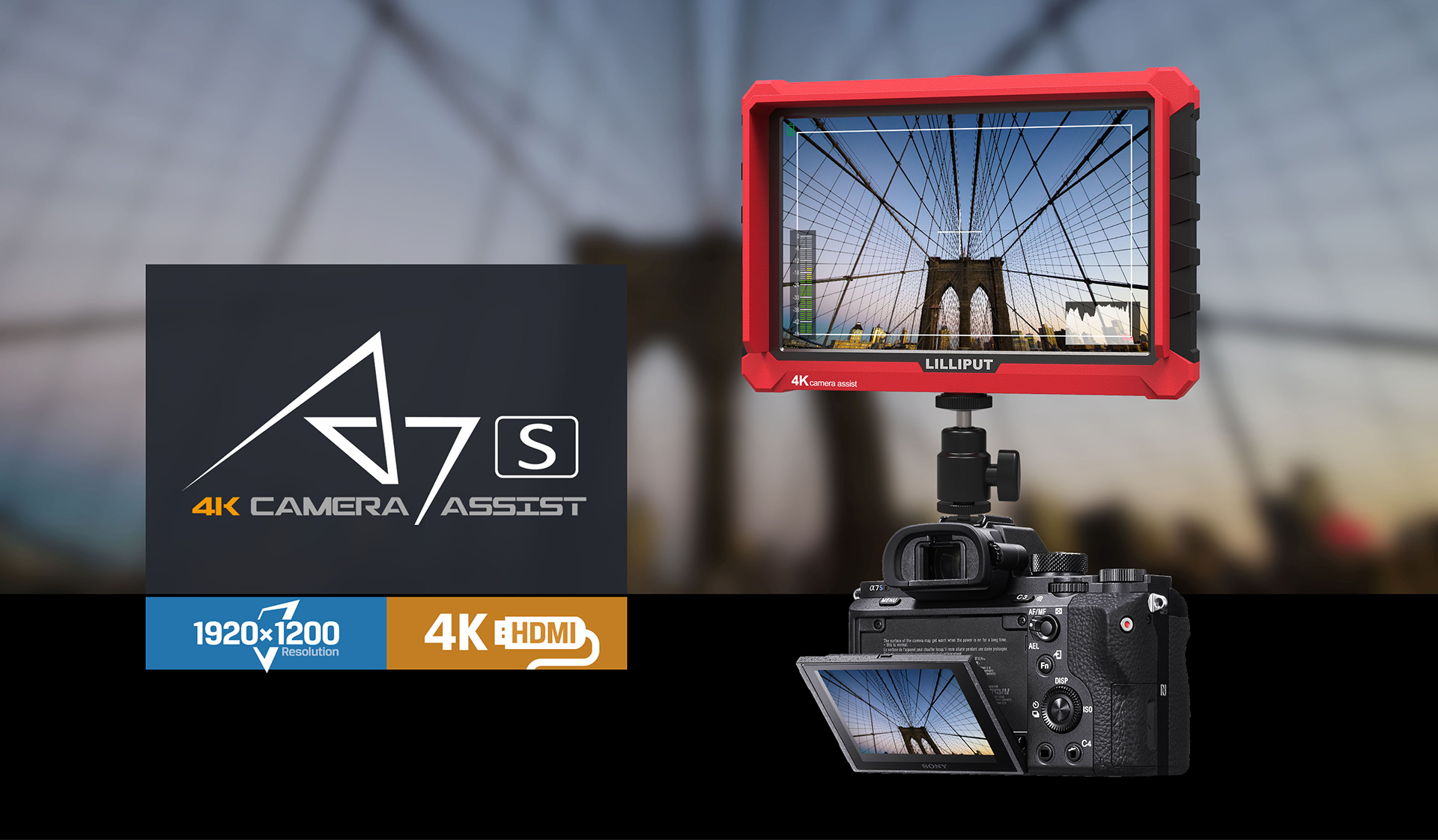
The screen isn’t as bright as the FOCUS 7, but the HDMI loop-through is handy for client monitoring.
8. DESVIEW R7

A newer player in the game, but impressive nonetheless. The touchscreen rivals the Atomos in responsiveness, and the custom overlay tools are more intuitive than SmallHD’s implementation.
9. Atomos Shinobi
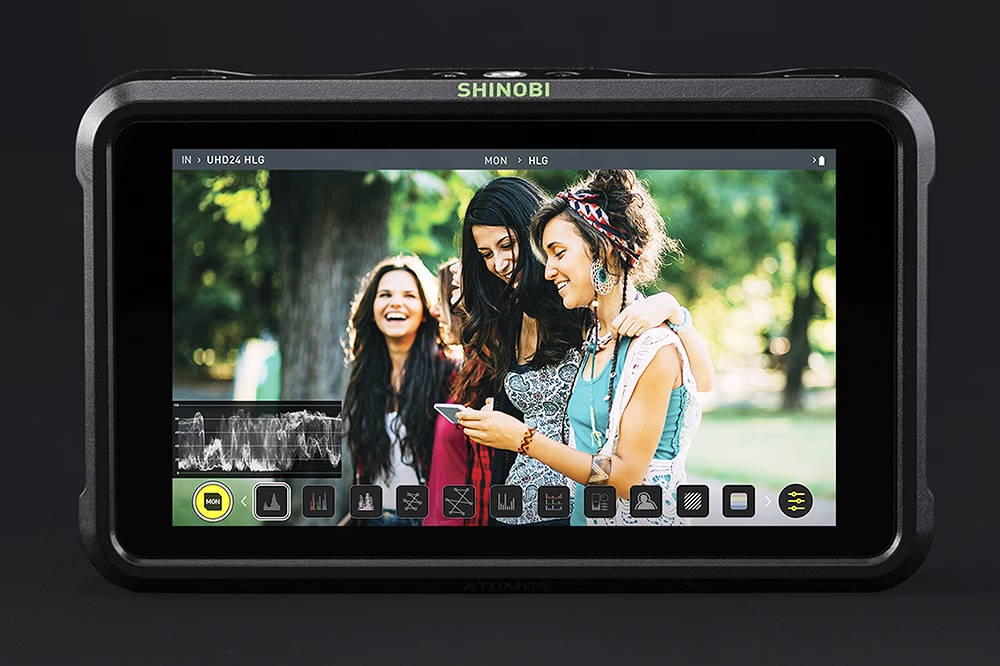
Think of this as the Ninja V’s lighter sibling – the same gorgeous screen without the recording capabilities. Perfect when you need a quality monitor but don’t need external recording.
10. SWIT CM-55C
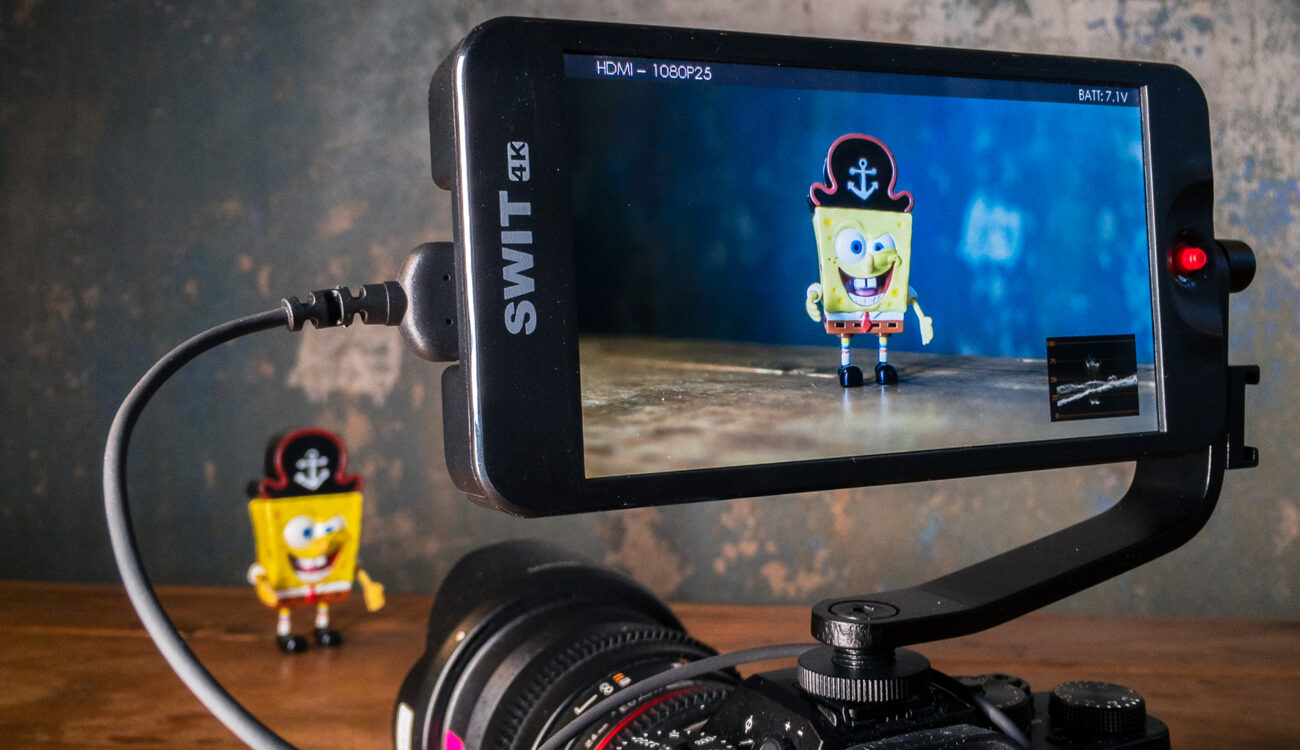
The dark horse for HDR monitoring. The screen calibration holds up surprisingly well against the much pricier TVLogic, though the build quality isn’t quite as robust.
Essential Monitor Features to Consider
- False Color: Absolute game-changer for exposure
- Focus Peaking: Look for customizable colors and sensitivity
- Waveform/Histogram: Must-haves for technical monitoring
- LUT Support: Crucial for log footage monitoring
- Signal Conversion: Some monitors can cross-convert SDI/HDMI
Pro Tips From Years on Set
Power Management:
- Always use D-tap power when possible instead of batteries
- Set up a battery charging station during lunch breaks
- Keep monitor brightness at 75% to extend battery life
Signal Reliability:
- Use locking HDMI cables (learned this after too many disconnects)
- Consider wireless follow focus if using a monitor on a gimbal
- SDI is more reliable than HDMI for longer cable runs
Monitoring Setup Tips:
- Position your monitor at eye level when possible
- Use articulating arms for easier repositioning
- Keep a sun hood handy, even for indoor shoots
How Different Monitors Work Together:
- Use a high-end monitor (like the Atomos) for your main shooting monitor
- Set up a Feelworld or Lilliput as a client monitor
- Keep a lightweight option like the Shinobi for gimbal work
Common Combinations:
- Ninja V + Feelworld: Perfect for recording and client monitoring
- SmallHD FOCUS + Lilliput: Great for camera op and director viewing
- PortKeys + DESVIEW: Excellent for camera control and focus pulling
Recommended Setups By Budget
Entry Level
Primary: Feelworld FW759
Backup: Lilliput A7S
Accessories: Basic sun hood, battery plate
Discover 10 Best Laptop Docking Stations of 2025
Mid-Range
Primary: Atomos Ninja V
Secondary: DESVIEW R7
Accessories: Wireless follow focus, V-mount power
Discover 10 Best Laptop Docking Stations of 2025
Professional
Primary: TVLogic F-7H
Director’s: SmallHD FOCUS 7
Client: Atomos Shinobi
Accessories: Full wireless video system
Conclusion
Choosing the right monitor comes down to understanding your specific needs and workflow. Consider these factors:
- Budget constraints
- Shooting environment
- Crew size
- Technical requirements
Remember: The best external monitors for filmmakers are the ones that fit workflows. If you’re a solo shooter, the Ninja V or PortKeys might be perfect. For larger productions, consider mixing and matching based on different crew members’ needs.
Color Management Notes:
- Calibrate your main monitor every few months
- Keep calibration tools in your kit
- Use the same LUTs across all monitors for consistency
Advanced Features Worth Learning:
- Custom frame guides for different delivery aspects
- Anamorphic de-squeeze settings
- Multi-camera viewing on supported models
The monitor you choose becomes your window into your footage – don’t compromise on this crucial piece of gear. After all, you can’t fix what you can’t see!
Do you have specific questions about monitor setups or compatibility with particular cameras? Drop them below – I’ve probably tested that combination at some point.
FAQs
1. What Makes an External Monitor Essential for Filmmakers?
An external monitor helps filmmakers achieve accurate color grading, sharper focus, and better framing during shoots. It provides a larger, more detailed view compared to a camera’s built-in screen, making it easier to capture high-quality footage.
2. What Should Filmmakers Look for When Choosing an External Monitor?
Filmmakers should prioritize resolution (4K is ideal), color accuracy (e.g., Rec.709 or DCI-P3 support), brightness (1000 nits or higher for outdoor use), and connectivity options like HDMI and SDI for compatibility with various cameras.
3. Are 4K External Monitors Necessary for Filmmaking?
While 4K monitors are beneficial for tasks like focus pulling and color grading, Full HD monitors can still work well for many productions, especially if the monitor offers high color accuracy and reliable performance.
4. How Does Color Accuracy Impact Filmmaking Monitors?
Color accuracy ensures what you see on the monitor matches the final output. Monitors with features like HDR support and calibration tools help filmmakers maintain consistent and true-to-life colors across devices.
5. What Is the Ideal Screen Size for an External Monitor in Filmmaking?
The best screen size depends on the filming environment. For on-camera use, 5 to 7 inches works well. For directors or editors on set, 15 to 24 inches provides a clearer view without being cumbersome.
6. Can External Monitors Improve Focus and Framing?
Yes, external monitors often include focus peaking, zebra patterns, and false color tools, making it easier to achieve sharp focus, correct exposure, and accurate framing during production.
7. What Are the Best Connectivity Options for Filmmaking Monitors?
HDMI and SDI are the most common options. HDMI is versatile and widely used, while SDI offers better durability and signal reliability, especially for professional, long-distance setups.
8. Are Portable External Monitors a Good Choice for Filmmakers?
Portable monitors are excellent for filmmakers who shoot on location. Look for lightweight, battery-powered options with high brightness to handle outdoor conditions effectively.
9. How Much Should Filmmakers Budget for a Quality External Monitor?
Entry-level external monitors start at around $300, while professional-grade options with advanced features like HDR, 4K resolution, and SDI connectivity can range from $1,000 to $3,000 or more.
10. How Do You Calibrate an External Monitor for Accurate Colors?
To calibrate an external monitor, use a calibration tool or built-in software. Adjust settings like color temperature, brightness, and contrast according to industry standards like Rec.709 for accurate color representation.



